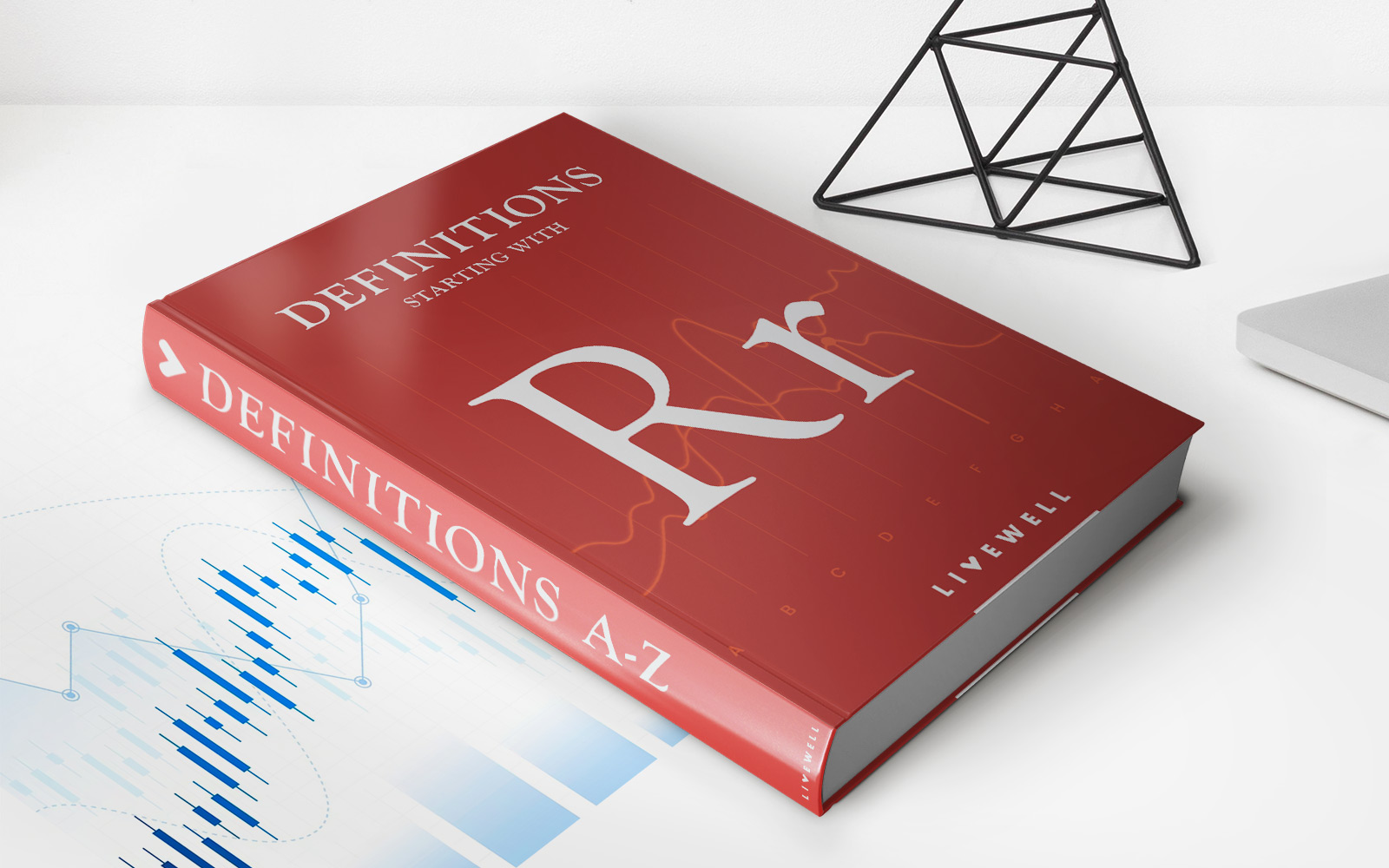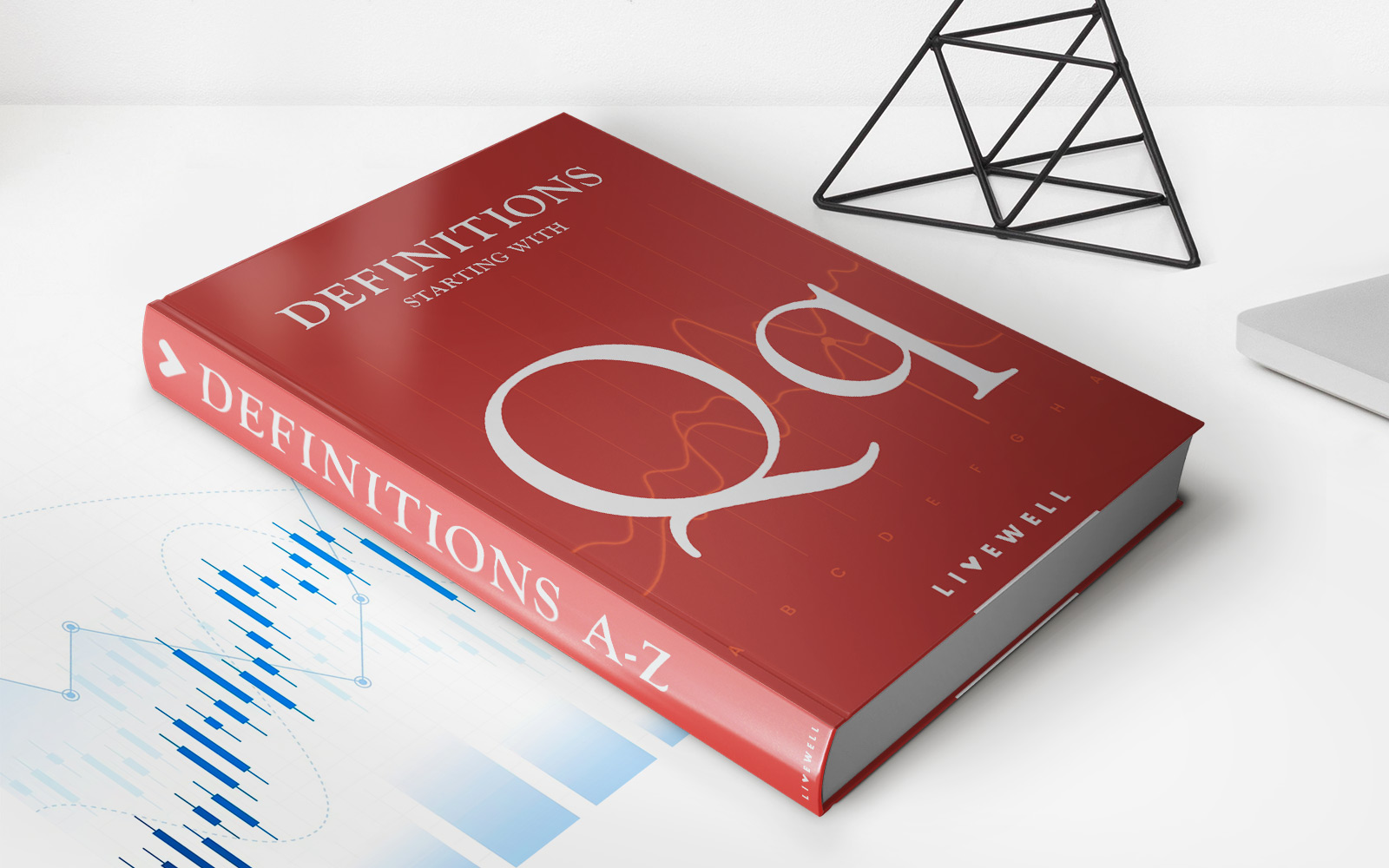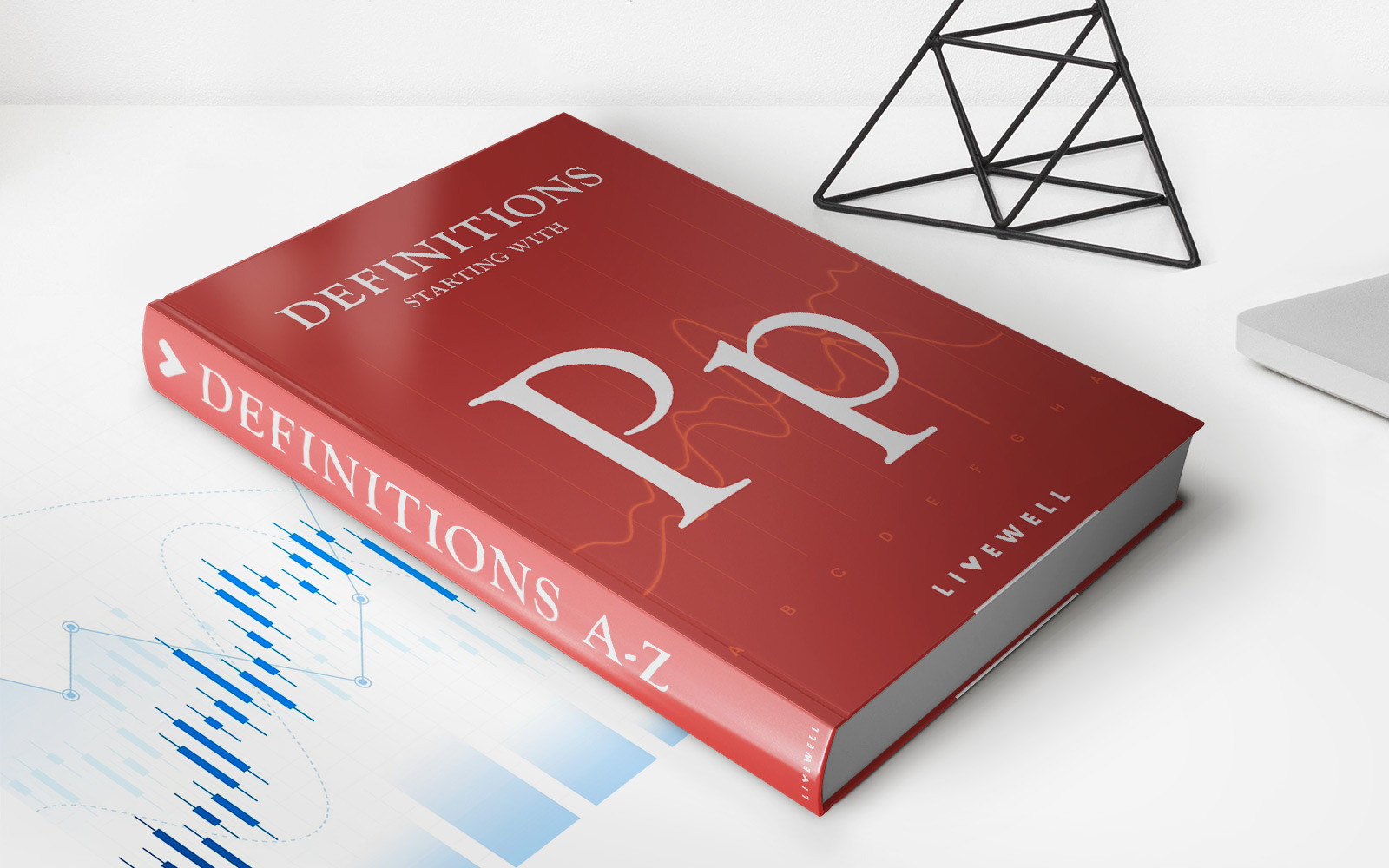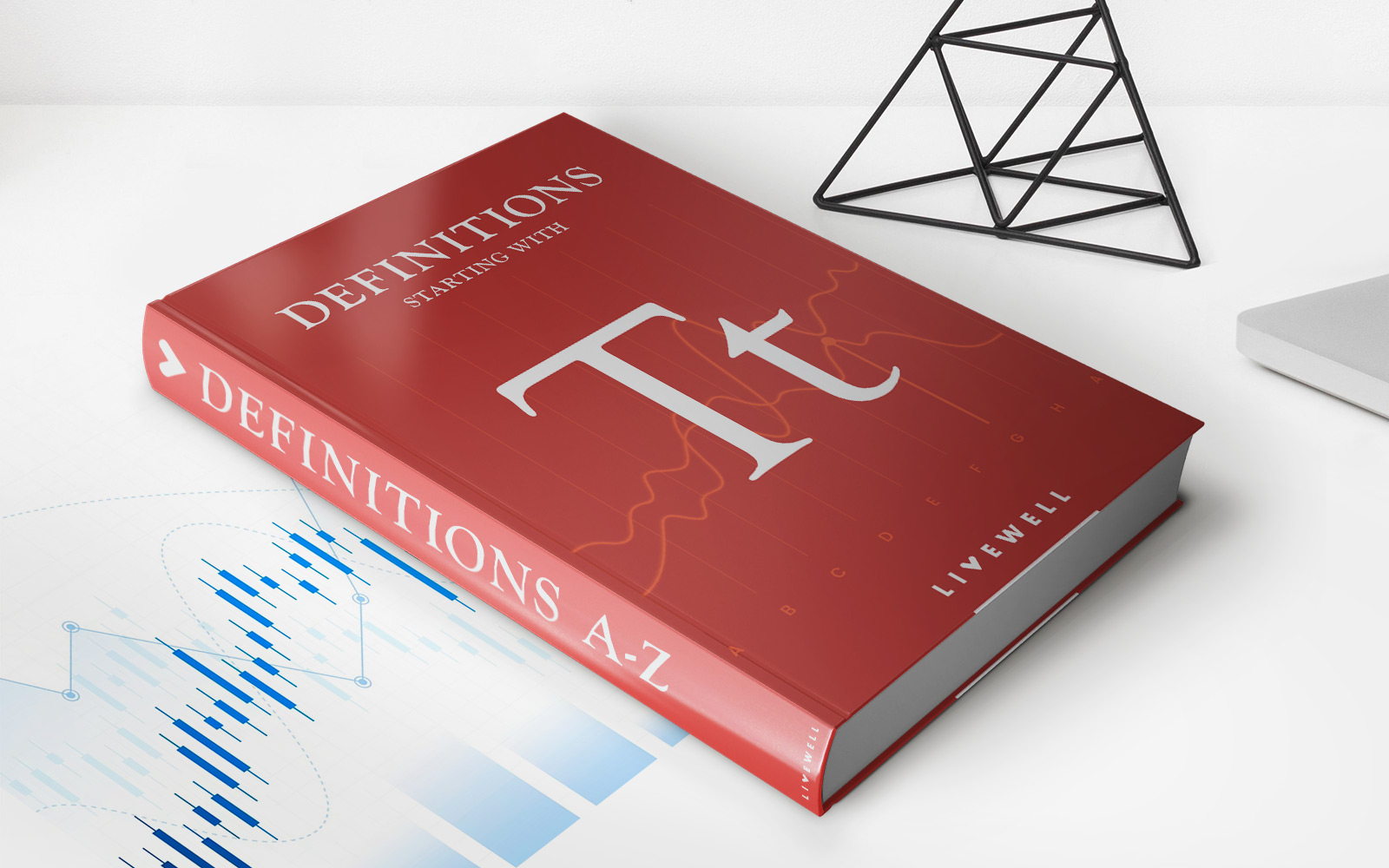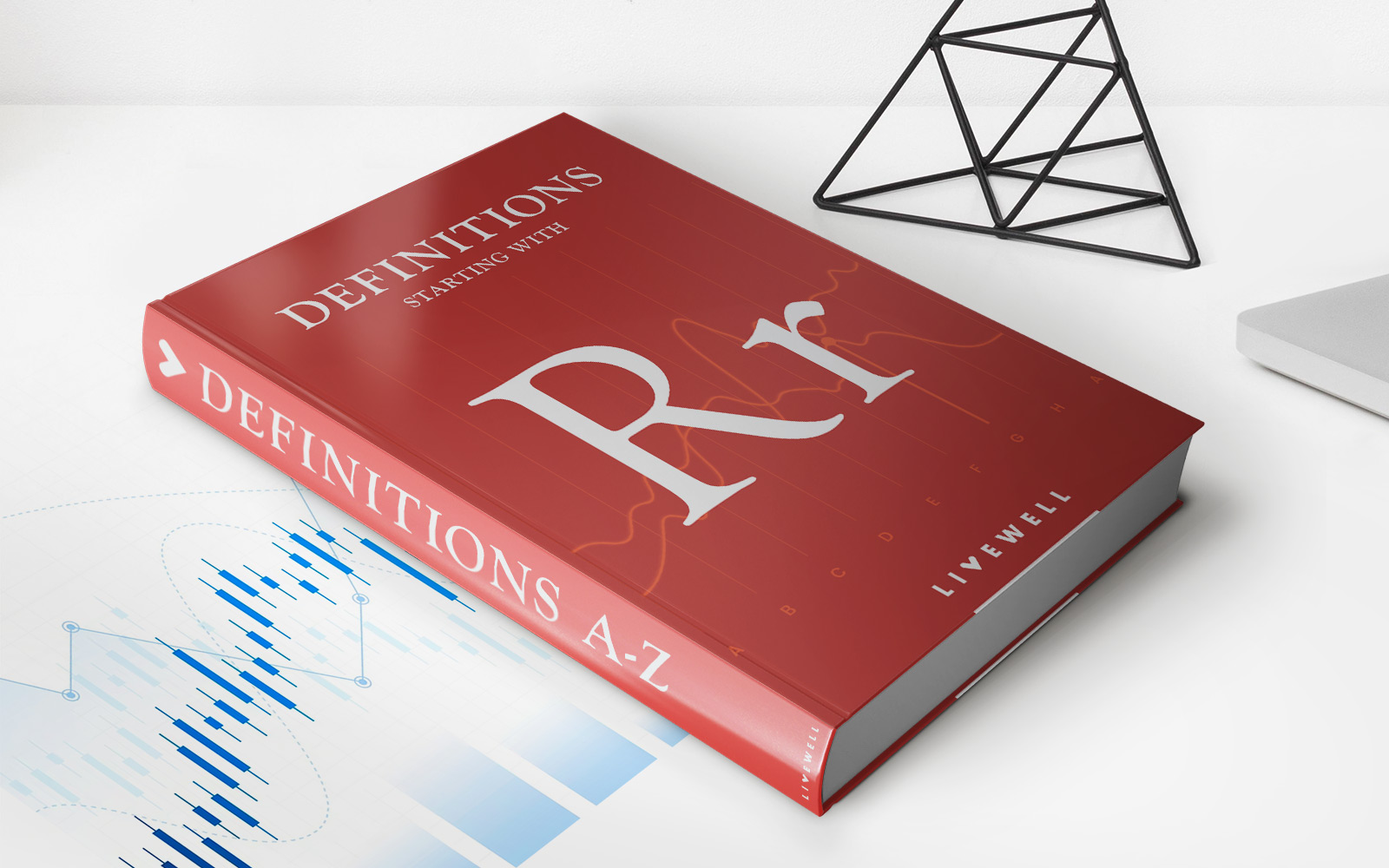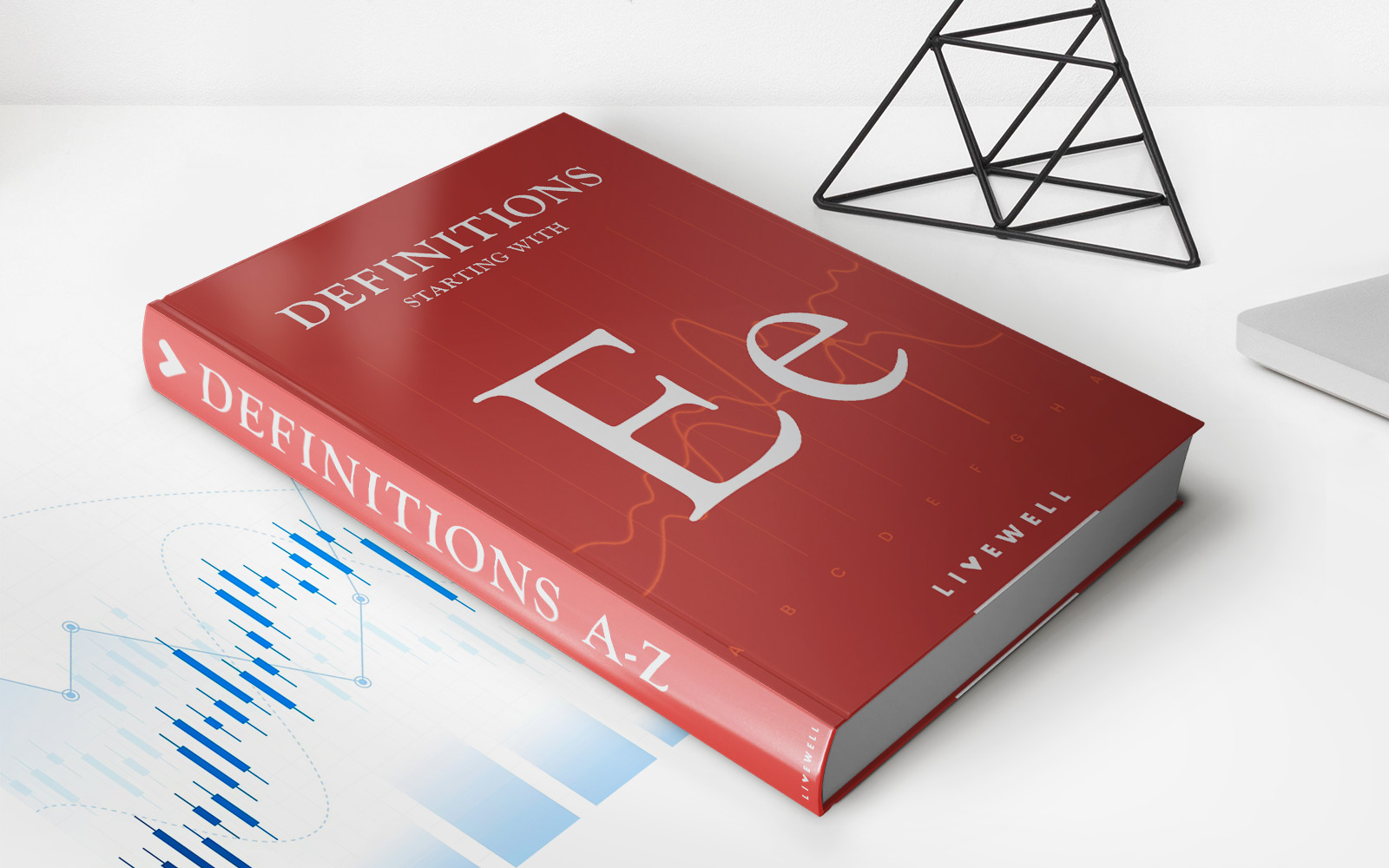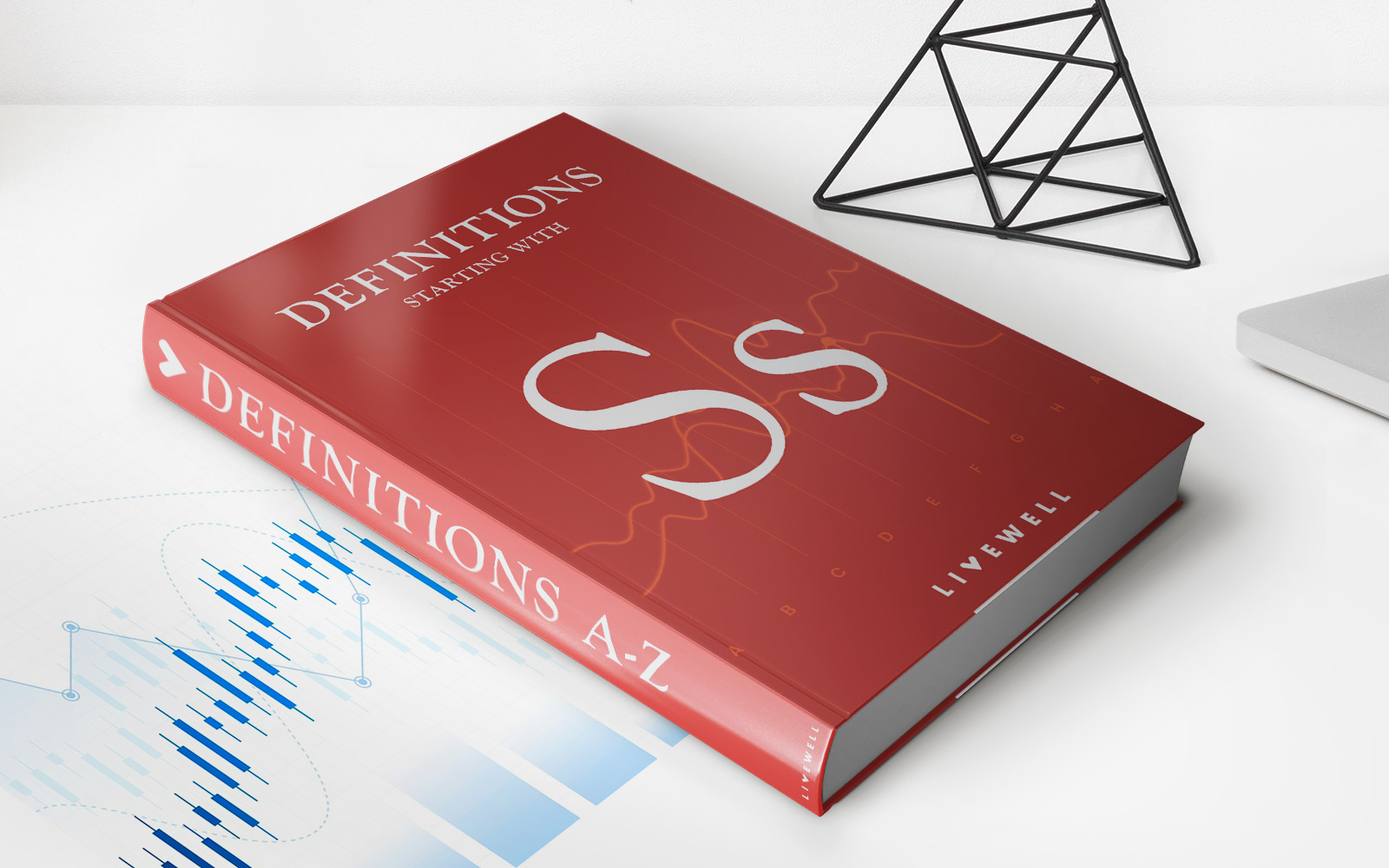Home>Finance>Money-Weighted Rate Of Return: Definition, Formula, And Example
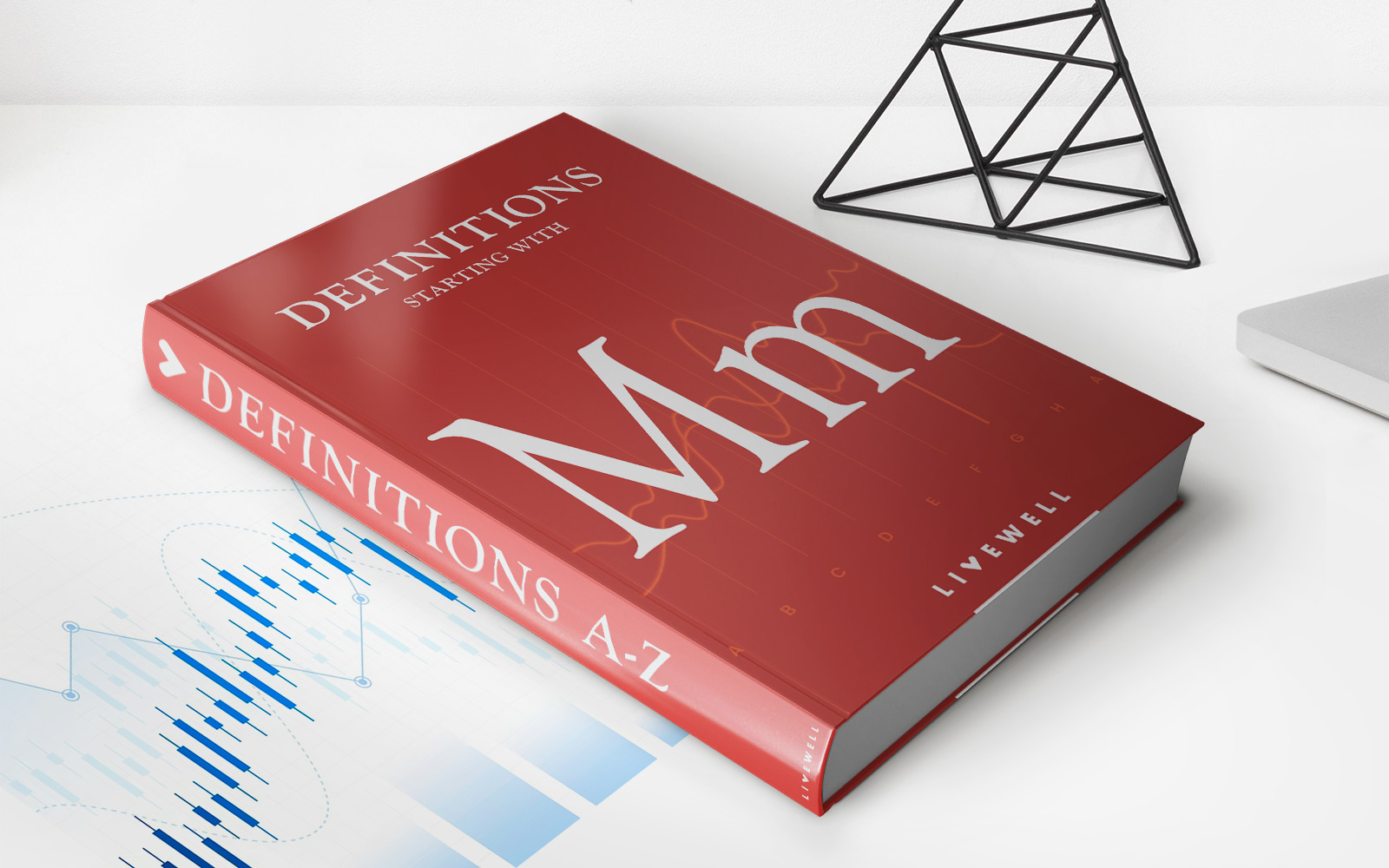

Finance
Money-Weighted Rate Of Return: Definition, Formula, And Example
Published: December 26, 2023
Learn about the Money-Weighted Rate of Return in finance, including its definition, formula, and an example. Understand how it can impact your investment decisions.
(Many of the links in this article redirect to a specific reviewed product. Your purchase of these products through affiliate links helps to generate commission for LiveWell, at no extra cost. Learn more)
Unlock the Power of Financial Performance: Money-Weighted Rate of Return
Welcome to our Finance blog! Today, we’ll dive into a crucial concept that every investor should understand: the Money-Weighted Rate of Return (MWRR). This powerful metric plays a significant role in evaluating the performance of investment portfolios. But fear not, we’re here to break it down for you, providing a clear definition, formula, and an easy-to-follow example. So, let’s get started!
Key Takeaways:
- The Money-Weighted Rate of Return, or MWRR, is a performance measure that considers the timing and magnitude of cash flows within an investment portfolio.
- MWRR takes into account the effects of cash inflows and outflows, which makes it a valuable tool for evaluating the real-life performance of an investment.
Understanding the Money-Weighted Rate of Return
The Money-Weighted Rate of Return, sometimes referred to as the Internal Rate of Return (IRR), is a critical metric used to assess the performance of investment portfolios. Unlike other metrics, such as the Time-Weighted Rate of Return (TWRR), the MWRR takes into account the timing and magnitude of cash flows within the portfolio. This means it provides a more accurate representation of real-life investment performance.
Think of the MWRR as a reflection of the impact your investment decisions and cash flows have had on your overall returns. It considers not only the returns generated by the investments themselves but also how the timing and size of your contributions and withdrawals influence the final outcome.
Calculating the Money-Weighted Rate of Return
To calculate the MWRR, you will need to follow this simple formula:
MWRR = (Ending Value of Investment + Cash Flow) / Beginning Value of Investment – 1
Let’s break it down further:
- Ending Value of Investment: The value of your investment at the end of the evaluated period.
- Cash Flow: The net cash inflow or outflow during the period being evaluated. Positive cash flows represent contributions, while negative cash flows indicate withdrawals.
- Beginning Value of Investment: The initial value of your investment at the start of the evaluation period.
By plugging these values into the formula, you will arrive at the MWRR, which represents the annualized rate of return on your investment
An Example to Illustrate MWRR
Let’s consider an example to demonstrate how the Money-Weighted Rate of Return works in practice. Say you invested $10,000 in a mutual fund on January 1st. On June 30th, the value of your investment had grown to $11,500. At the end of the year, on December 31st, your investment’s value was $14,000. However, during the year, you made an additional contribution of $2,000 on September 1st.
By applying the MWRR formula to these values, we can calculate your investment’s rate of return:
- Ending Value of Investment (December 31st): $14,000
- Cash Flow: $2,000 (contribution on September 1st)
- Beginning Value of Investment (January 1st): $10,000
Using the formula, the MWRR for this investment would be:
MWRR = ($14,000 + $2,000) / $10,000 – 1 = 1.6 – 1 = 0.6 or 60%
Therefore, in this example, your investment experienced a Money-Weighted Rate of Return of 60%.
In Conclusion
The Money-Weighted Rate of Return (MWRR) is a powerful indicator that considers the timing and magnitude of cash flows within an investment portfolio, providing a more accurate depiction of real-life investment performance. By understanding the definition, formula, and applying it to an example, you now possess the knowledge to make more informed investment decisions and assess your portfolio’s true performance. Unlock the full potential of your financial endeavors by harnessing the power of MWRR today!

